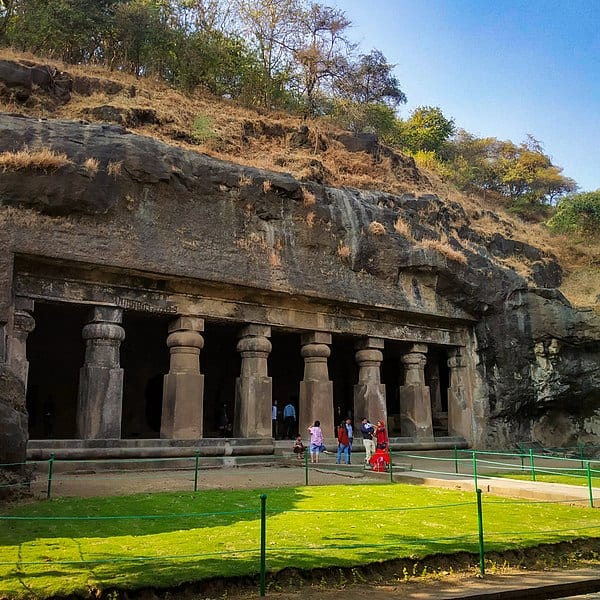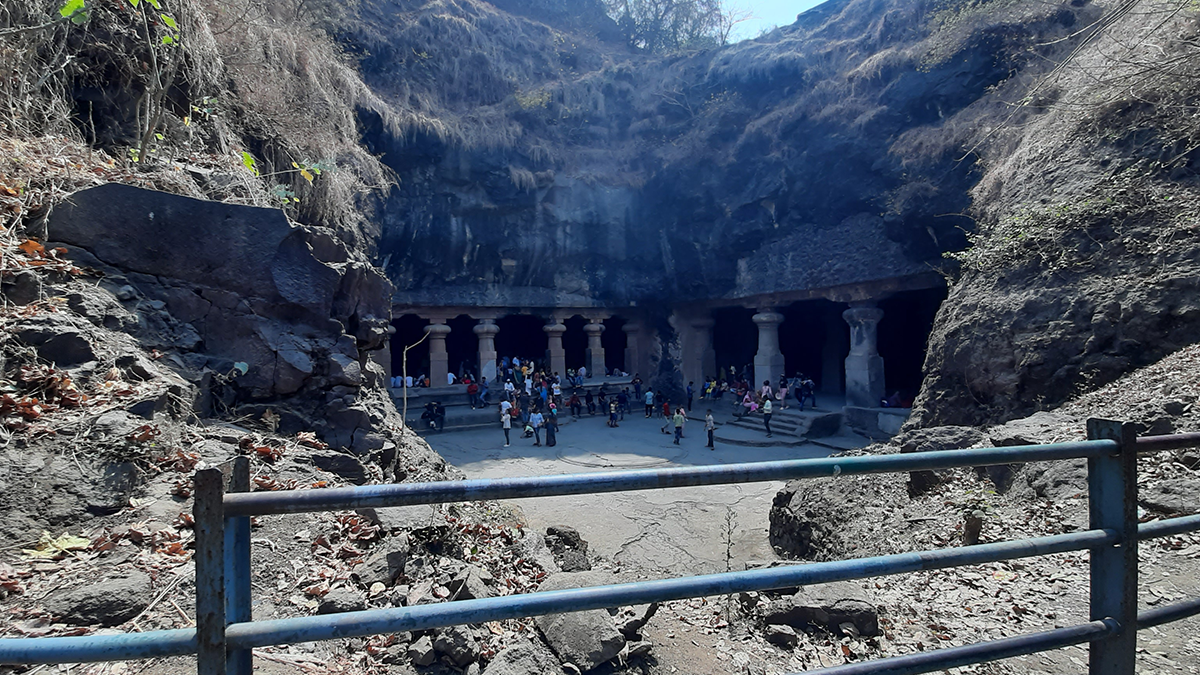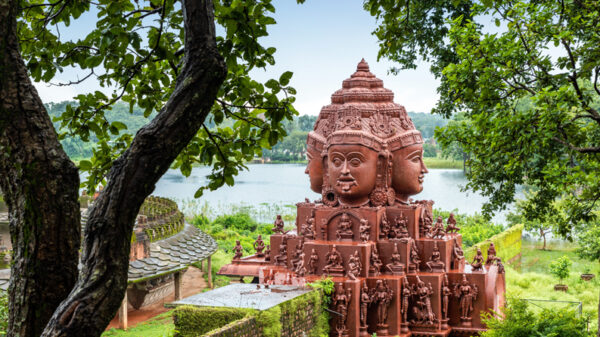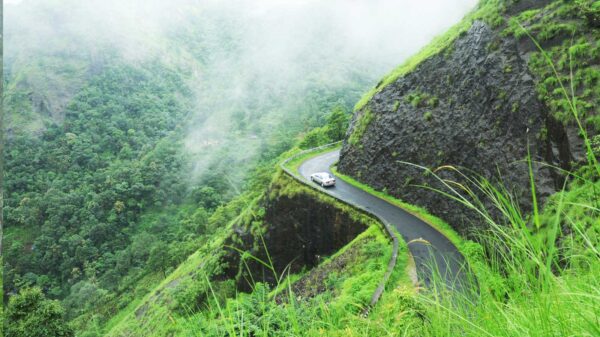Nestled in the serene waters of Mumbai Harbour, Elephanta Island is a gem that offers a blend of history, culture, and natural beauty. Known for its ancient rock-cut caves and rich heritage, the island provides a unique escape from the bustling city life of Mumbai. This travel blog will take you through the captivating journey to Elephanta Island, highlighting its historical significance, major attractions, and travel tips to make your visit memorable.
Historical Significance of Elephanta Island

Elephanta Island, originally known as Gharapuri, has been a significant site for centuries. The island was renamed by the Portuguese, who found a colossal stone elephant statue near the landing area. This statue, now preserved in Mumbai’s Dr Bhau Daji Lad Museum, symbolizes the island’s rich cultural past. The caves, believed to date back to the 5th to 7th centuries, were carved out of solid basalt rock and dedicated to Lord Shiva. These caves are a testament to the artistry and religious devotion of ancient Indian civilization.
Getting to Elephanta Island

The journey to Elephanta Island begins at the Gateway of India in Mumbai. Ferries, which operate regularly throughout the day, transport visitors across the tranquil waters of Mumbai Harbour. The ride, taking about an hour, offers breathtaking views of the Mumbai skyline and the Arabian Sea. Upon arrival, a toy train takes visitors from the jetty to the entrance of the caves, adding a touch of nostalgia to the adventure.
Exploring the Elephanta Caves

The Elephanta Caves, designated a UNESCO World Heritage Site, are the main attraction of the island. These caves have earned renown for their intricate sculptures and architectural marvels. The most prominent cave, known as Cave 1 or the Great Cave, features a magnificent 20-foot-tall statue of Trimurti, the three-headed Shiva, which symbolizes the creator, preserver, and destroyer. This statue is one of the finest examples of Indian rock-cut art.
As you wander through the dimly lit corridors, various panels depicting scenes from Hindu mythology can be seen. The depiction of Lord Shiva as Nataraja, the cosmic dancer, and Andhakasuravadha, the slaying of the demon Andhaka, is particularly impressive. The craftsmanship of these sculptures is a testament to the skill and devotion of the artists who created them.
Natural Beauty and Scenic Views
Elephanta Island possesses natural beauty in addition to its historical and cultural significance. Lush greenery covers the island, providing a serene environment for visitors. The hilltop offers panoramic views of the surrounding sea and the distant Mumbai skyline. Nature trails and pathways invite visitors to explore the island’s flora and fauna, making it a perfect spot for photography enthusiasts and nature lovers.
Travel Tips for Visiting Elephanta Island
Keep a few tips in mind to make the most of your visit to Elephanta Island. It is advisable to wear comfortable walking shoes, as exploring the caves involves a fair amount of walking and climbing. Although local vendors provide refreshments near the caves, we recommend carrying water and snacks. To stay protected from the hot island sun, apply sunscreen and wear a hat.
Weekday visits are preferable to avoid weekend crowds, with early morning ferries offering a peaceful start to the journey. Lastly, hiring a local guide can enhance the experience, as they provide valuable insights into the history and significance of the caves.
Conclusion
Elephanta Island is a treasure trove of history, art, and natural beauty. The ancient rock-cut caves, coupled with the serene environment, offer a unique glimpse into India’s rich cultural heritage. Elephanta Island offers an unforgettable experience for history buffs, art enthusiasts, and those seeking a peaceful retreat from city life.











